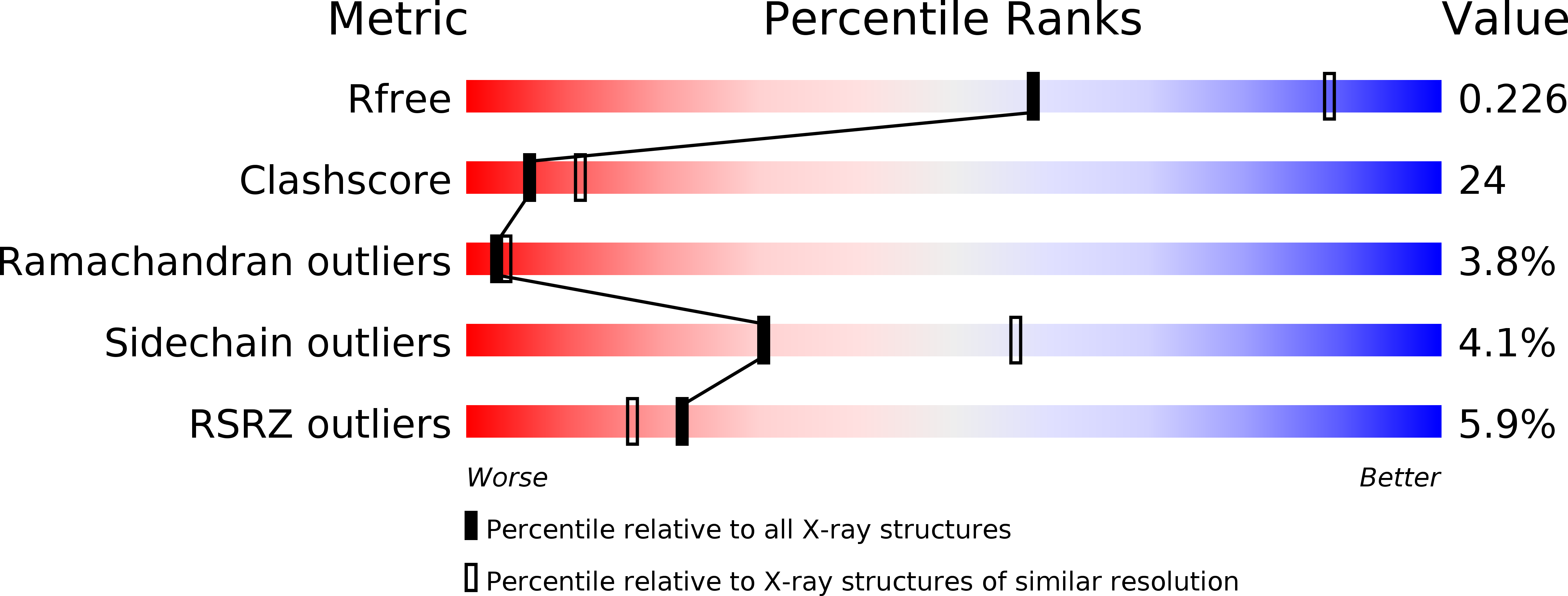
Deposition Date
2000-05-08
Release Date
2001-02-07
Last Version Date
2023-12-27
Entry Detail
PDB ID:
1GAQ
Keywords:
Title:
CRYSTAL STRUCTURE OF THE COMPLEX BETWEEN FERREDOXIN AND FERREDOXIN-NADP+ REDUCTASE
Biological Source:
Host Organism:
Method Details:
Experimental Method:
Resolution:
2.59 Å
R-Value Free:
0.29
R-Value Work:
0.23
Space Group:
P 21 21 21


